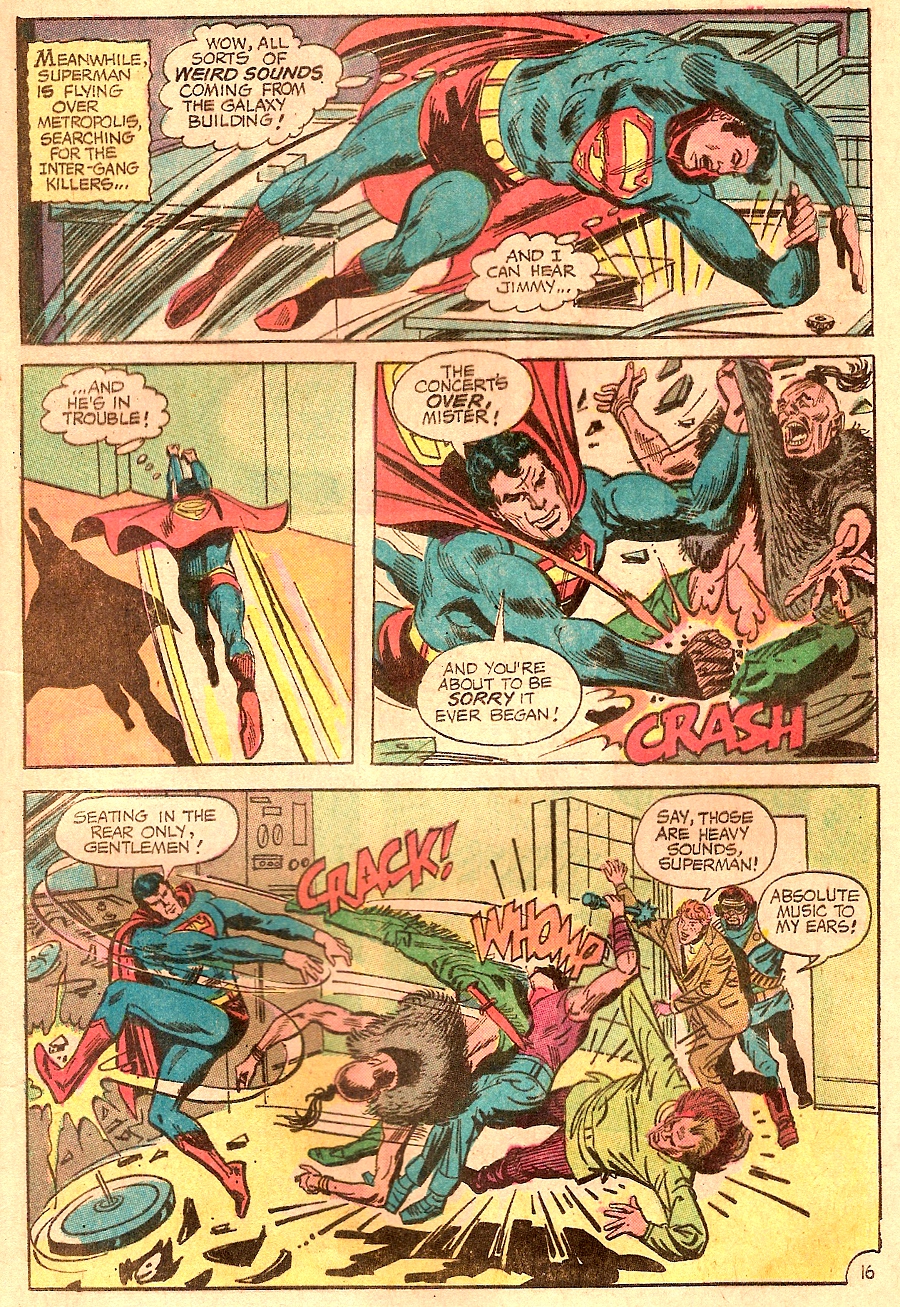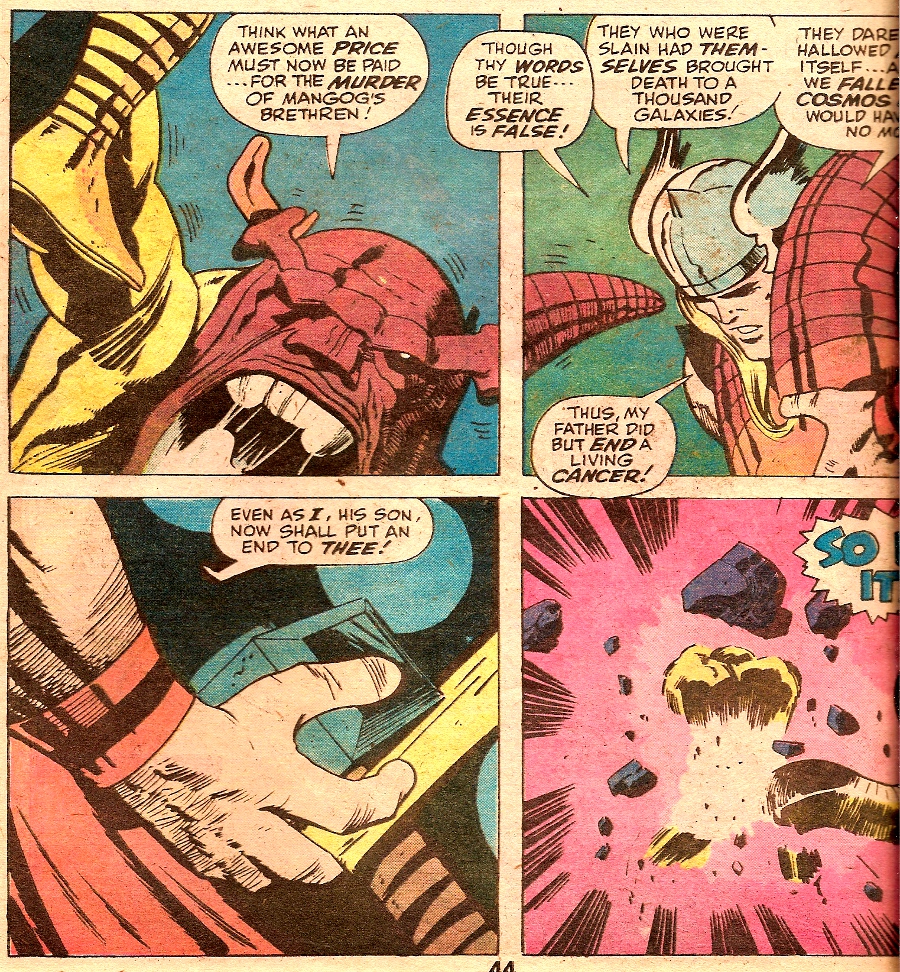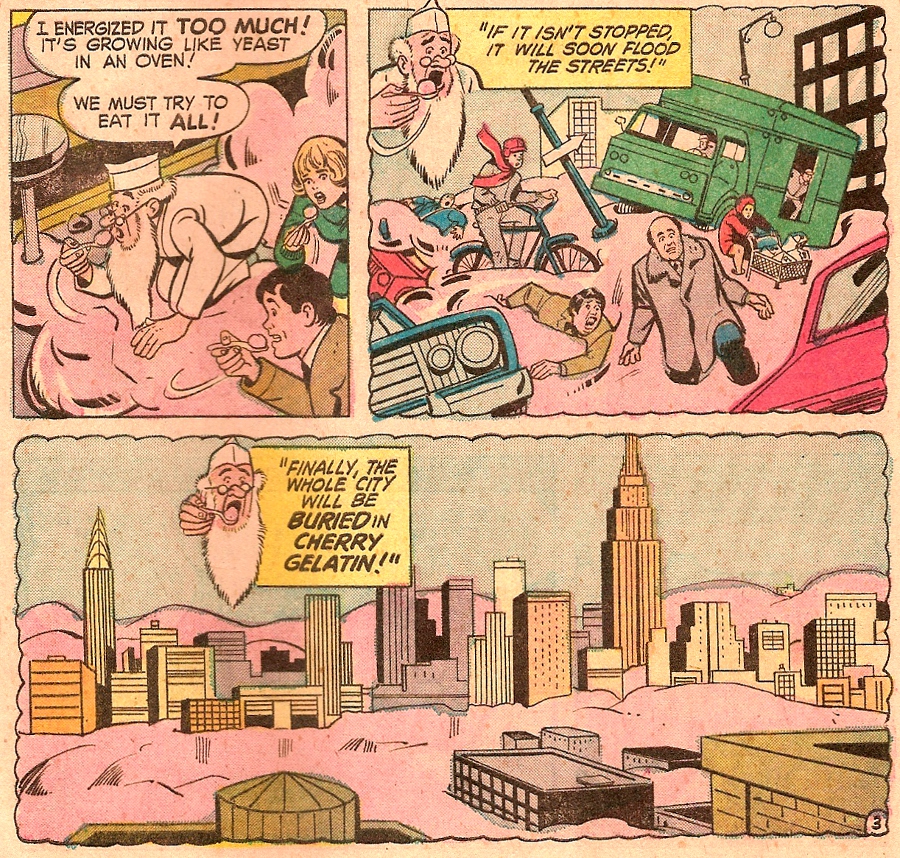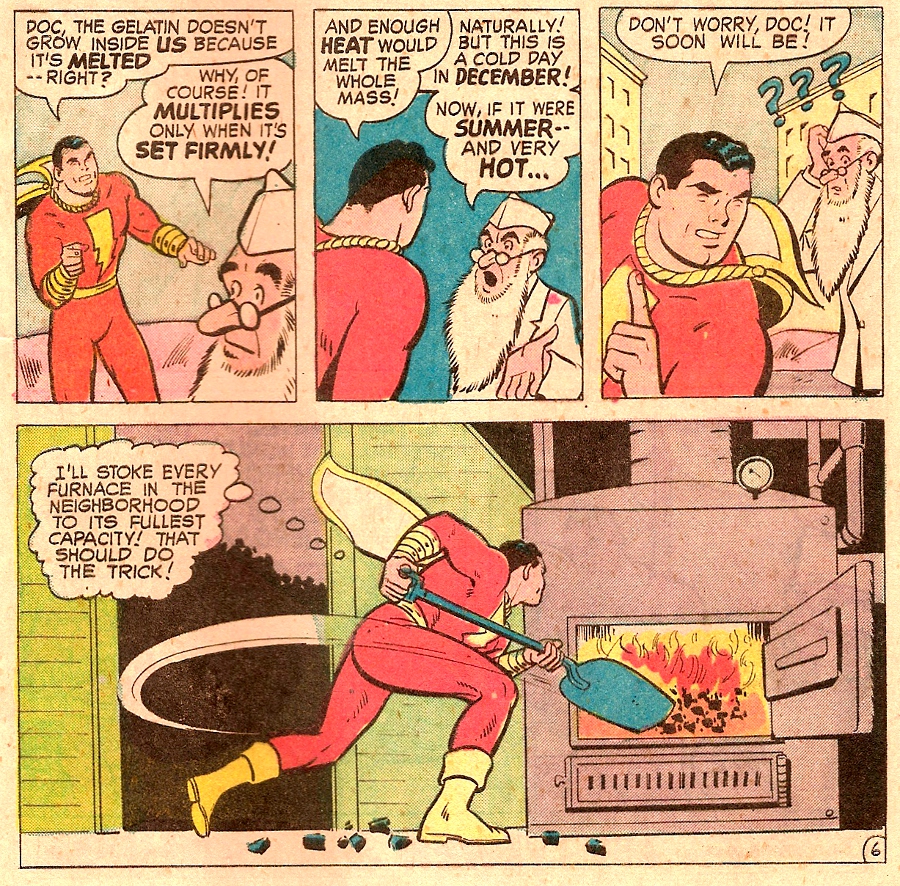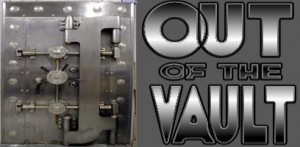
 Last week, I talked about Werner Roth, a guy I’d always thought of as the most boring artist ever. Turned out, when looking back, that I realized he wasn’t bad when he was working within his genre. He’d just never been much of a superhero guy, and unfortunately, when I discovered him, superheroes were where the money was.
Last week, I talked about Werner Roth, a guy I’d always thought of as the most boring artist ever. Turned out, when looking back, that I realized he wasn’t bad when he was working within his genre. He’d just never been much of a superhero guy, and unfortunately, when I discovered him, superheroes were where the money was.
I’ve been thinking about this more, lately, while rereading Steranko’s History of Comics, so here’s another, more extreme example.
As a kid, I hadn’t been much aware of the names in the credits. Comics were just comics, and I was young enough that I still didn’t really think about the people behind the brushstrokes. I wasn’t reading things that had been written and drawn by people; I was looking, more or less, into another reality, one that simply existed on the page.
That changed gradually, but one of the milestones was issue #152 of Superman’s Pal Jimmy Olsen, September 1972. The art in that issue, by Mike Sekowsky and Bob Oksner, was egregiously awful. Check this out.
The layout isn’t awful, but the stilted, clumsy figures are. But I had seen Sekowsky’s work before, in Justice League of America and in The New, Hunted Metal Men. It wasn’t great, but it usually looked better than this. So I figured, the thing that must be driving the art in this particular issue from “not very good” to “absolutely awful” must be due to that other person in the credits–Oksner.
And seriously, looking back at this issue now, the inks are wretched. They look horribly rushed. And instead of nice, deep, well-defined blacks, we get this horrible scritching everywhere it’s supposed to be dark  (except for that quite dynamic shadow under the flying Superman in panel two).
From that day on, in my mind, in any list of the worst of the worst comic book hack artists–a list that included names like Pat Boyette and Jose Delbo and Don Heck–Bob Oksner’s name would have to be near the top.
In later years, as I started to read more Marvel Comics, another name was added, one I’ve mentioned before: Vince Colletta. Colletta could be good sometimes, like in Captain Marvel #3 over Gene Colan’s pencils, but he could just as often go from mediocre to awful. When he was bad, as in this sequence of panels from Thor’s battle with Mangog in The Mighty Thor #156 (this was actually scanned from a giant-size Treasury Edition reprint, which is why I couldn’t fit the entire page width in the scanner), it was often as not the same thing that afflicted Oksner’s inks above, trying to define figures with dozens of skinny lines that just turned the drawing to fuzzy mush.
Look at that hand in panel 3. I know not everybody can be Joe Sinnott (and apparently Kirby had some issues with the way Sinnott inked his work sometimes), but Kirby’s art never looked slicker than those Fantastic Four issues they collaborated on, and something as spectacular as this Mangog story could really have used his skill with the brush.
So okay, let’s look now at the issue pictured up at the top, which would have hit the stands probably in December 1973. Notice that the title of the book is Shazam! (or perhaps With One Magic Word… SHAZAM! would be a better version). DC was not able to name the book after the character, because even though Marvel couldn’t claim exclusive rights to the Captain Marvel name (since the Fawcett character had predated theirs) they could apparently trademark it as a title.
The lead story in issue #11 is “The World’s Mightiest Dessert,” in which Billy Batson and his girlfriend Cissie Sommerly go to Doc Quartz’s drugstore for lunch.
No matter how much they eat, the dessert keeps growing out of control, like the proverbial Chicken Heart.
Billy changes to Captain Marvel, but even the World’s Mightiest Mortal can’t eat fast enough to keep up with it. He enlists the townspeople as emergency eaters, and even presses a couple of burglars into service, but the dessert keeps growing.
And then, he gets a brainstorm.
He fires up all the furnaces in town until the dessert melts and runs down into the sewers.
It’s a fun, effective seven pages, but here’s the thing: the story was inked by Vince Colletta and pencilled by Bob Oksner. See, I didn’t know this, but before I became a real comics reader, Oksner had been making his money drawing humor comics at DC, titles like Jerry Lewis and Bob Hope and Angel and the Ape. Oksner wasn’t a hack. He was a humor artist who was unfortunate enough to still be working when humor comics had fallen out of favor.
But when he was working in his genre, his work was solid. And Colletta’s inks here are a little sloppy, but not over-rendered and fuzzy as in his Kirby work. This is still the weakest story in the issue, artistically (the other two stories were by the incomparable Kurt Schaffenberger, and you’ll be seeing them at Christmastime), but it’s far from “worst hack who ever hacked” status.

